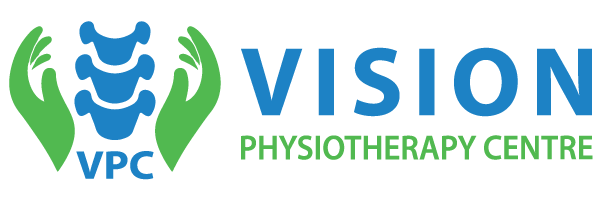Neck Pain Treatment
Neck Pain Treatment for Relieve
Neck pain is common and affects people of all ages. Many things, such as bad posture, injury, or medical conditions, can cause it. Neck pain can be mild or severe and makes daily activities difficult. Diagnosing and treating neck pain can be difficult and depends on the cause.
This content outline will examine different treatments for neck pain, such as medicine, physical therapy, or surgery. We’ll also share tips on how to prevent neck pain by having good posture. It’s important to see your doctor if you have neck pain because it could be a sign of a bigger problem. By knowing more about neck pain, people can take steps to feel better and have a better life.
It’s important to determine the underlying cause of chronic neck pain treatment to treat it properly. A medical professional can help diagnose the cause of neck pain and develop a treatment plan to address it. Poor posture: Sitting or standing in the same position for long periods, hunching over a desk, or cradling a phone between the ear and shoulder can cause strain on the neck.
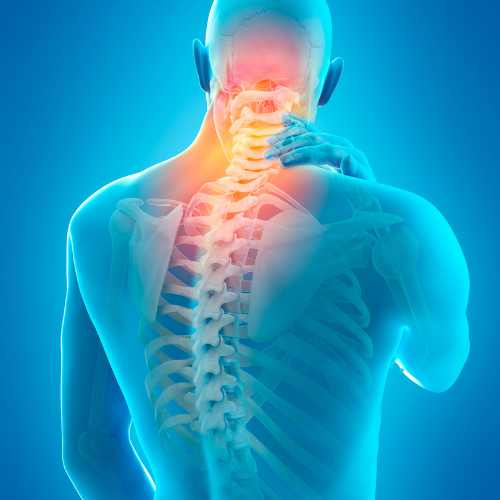
Injury: Whiplash, falls, sports injuries, or any other type of trauma can cause damage to the neck muscles or ligaments.
Degenerative Disc Disease: Wear and tear on the discs between the vertebrae can cause them to break down and put pressure on nerves root in the neck.
Arthritis: Osteoarthritis, rheumatoid arthritis, or other forms of arthritis can cause inflammation and pain in the neck joints.
Pinched Nerves: A pinched nerve in the neck can cause pain, tingling, or numbness in the neck and down the arms.
Muscle Strain: Overuse of the neck muscles or sudden movements can cause strain and pain.
Tumors: Rarely, tumors in the neck can cause pain and discomfort.
Infections: Infections like meningitis or abscesses in the neck can cause pain and stiffness.
Diagnosing of Neck Pain Treatment
Diagnosing neck pain treatment involves a thorough examination of the patient’s medical history, symptoms, and physical condition. The following are some common methods used to analyze the cause of neck pain:
Medical History:
The doctor will ask about the patient's medical history and physical exam, including any previous injuries or surgeries.
Physical Examination:
The doctor will conduct a physical examination, checking the patient's neck for pain, swelling, tenderness, and any limitations in range of motion.
Imaging Tests:
X-rays, CT scans, MRI, and ultrasounds can help to identify any abnormalities or injuries to the neck.
Nerve Conduction Tests:
These tests can evaluate the function of nerves in the neck and determine if there is a pinched nerve.
Blood Tests:
Blood tests may be ordered to check for underlying medical conditions that could be causing neck pain.

The diagnosis of neck pain may be complex, as there are many potential causes. If the pain is severe or persistent, it’s important to seek medical attention, as it could be a sign of a more serious condition. With a proper diagnosis, a treatment plan can be developed to help manage and ease neck pain.

Ask About Medical History:
The doctor will ask about any previous injuries, surgeries, or medical conditions that could be related to neck pain.
Evaluate Posture and Movement:
The doctor will observe the patient's posture and range of motion in the arms, shoulders, neck and back.
Palpate the Neck:
The doctor will use their hands to feel for tenderness, swelling, and any abnormalities in the neck muscles or space between the vertebrae.
Check Reflexes and Sensations:
The doctor may check for any changes in reflexes or sensations in the arms, hands, or fingers, which could be a sign of nerve damage.
Perform neck pain and Neurological symptoms Exams:
The doctor may conduct tests to evaluate the function of the nervous system, such as checking muscle strength and reflexes.
A thorough medical history and physical examination can help identify potential causes of neck pain and determine the appropriate treatment plan. It’s important to provide the doctor with detailed information about the neck pain symptoms, such as when they started and if they have worsened over time. This information, combined with the physical examination, can help the doctor make an accurate diagnosis and develop a treatment plan to alleviate the muscle pain.
Neck Pain Treatment Options
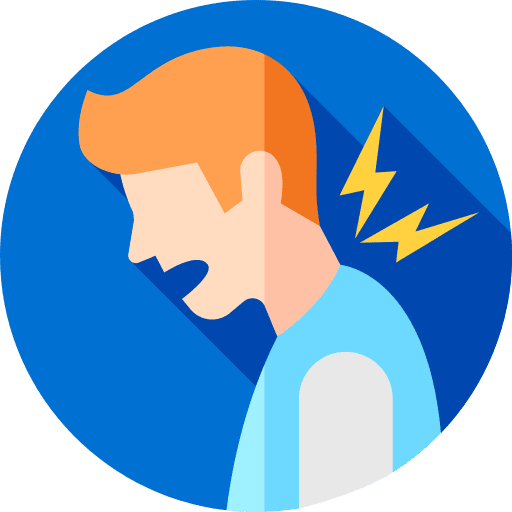
Neck pain treatment physiotherapy is a common non-surgical treatment option for neck pain. It involves using physical techniques to manage and alleviate pain. Physiotherapy can help relieve pain on the right side of the neck. Some physiotherapy treatment for neck pain options in Vision Physiotherapy Center in Banani include:
Manual Therapy:
This involves hands-on techniques, such as massage or mobilization, to help relieve tension and ease pain in the neck.
Exercise Therapy:
This includes stretching and strengthening exercises to help improve the range of motion and build strength in the neck muscles.
Pulsed Electromagnetic Field Therapy (PEMF):
It is a type of therapy that uses electromagnetic fields to improve the health and functioning of cells in the body.
Electrical Stimulation:
This involves using electrical impulses to stimulate the nerves in the neck and reduce pain.
Ultrasound Therapy:
This involves using sound waves to penetrate deep into the muscles and tissues of the neck to relieve pain and promote healing.
Acupuncture:
Acupuncture is a form of alternative medicine that involves inserting thin needles into specific points of the body. It is commonly used to treat muscle pain and a variety of other conditions.
Heat and Cold Therapy:
Alternating heat and cold can help to reduce inflammation and ease muscle tension.
Posture Correction:
Poor posture can contribute to neck pain, so correcting posture can help alleviate the pain.
Traction:
Traction is a type of stretching that can help to relieve pressure on the neck vertebrae and reduce pain.
Physiotherapists at Vision Physiotherapy Center in Uttara can help design a treatment plan tailored to the individual’s needs, which may involve a combination of these techniques. Physiotherapy can be an effective non-surgical option for managing neck pain, and it can also help prevent future episodes of pain.
Heat and Cold Therapy
Heat and cold therapy are two common physiotherapy treatment options for managing neck pain that Vision Physiotherapy Center Dhaka provides. Heat therapy, also known as thermotherapy, involves applying warmth to the affected area. Cold therapy, also known as cryotherapy, consists of applying cold to the affected area.
Heat therapy can help increase blood flow to the neck muscles, promoting healing and reducing muscle tension. This therapy involves applying a hot water bottle, warm towel, or heating pad to the neck for 15-20 minutes at a time. It’s important not to use heat therapy for too long, as this can cause burns or further injury.
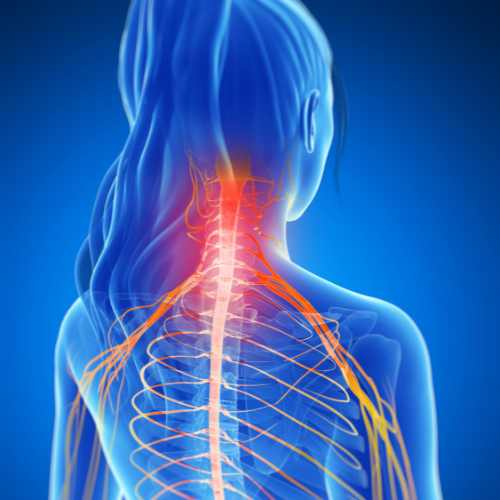
Cold therapy can help reduce inflammation and numb pain in the neck. It involves applying ice packs, cold compresses, or even a bag of frozen peas to the neck for 10-15 minutes at a time. It’s important not to use cold therapy for too long, as this can cause frostbite or further injury.
A physiotherapist can help determine whether heat or cold therapy is appropriate for an individual’s specific condition and can provide guidance on how to safely and effectively apply the treatment at home. Heat and cold therapy can be effective in managing neck pain and can be used in combination with other physiotherapy techniques for optimal results. Moreover, Physiotherapy can provide neck pain relief exercises to improve mobility and reduce stiffness.
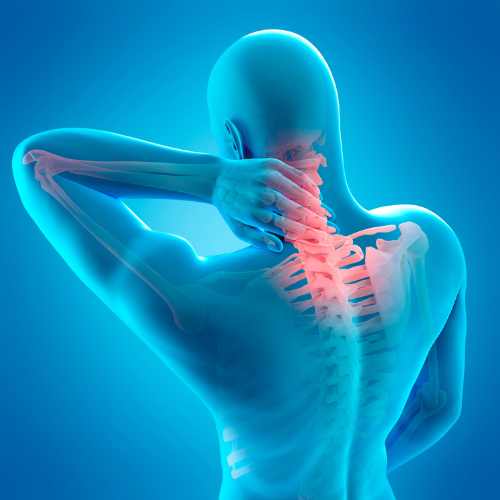
Acupuncture
Acupuncture is a form of traditional Chinese medicine that involves inserting fine needles into specific points on the body to stimulate healing and reduce pain. It can be an effective treatment option for neck pain, as it can help relieve muscle tension, improve circulation, and promote the body’s natural healing processes.
During an acupuncture session for neck pain relief, the acupuncturist inserts very thin needles into specific points on the body, including the neck, back, and arms. The needles are left in place for some time, typically 15-30 minutes, while the individual relaxes. The needles are then removed, and the session is complete.
Acupuncture is generally considered safe when performed by a qualified and licensed practitioner. The needles used in acupuncture are very thin and typically cause minimal discomfort. The number of acupuncture sessions needed to alleviate neck pain can vary depending on the individual’s condition and response to treatment.
A qualified practitioner may use other techniques, such as cupping, moxibustion, or electrical stimulation, to help alleviate neck problems in addition to acupuncture. It’s important to talk to a healthcare provider before starting acupuncture or any other alternative treatment for neck pain to ensure it is safe and appropriate for the individual’s specific condition.
PEMF
PEMF, or Pulsed Electromagnetic Field therapy, is a non-invasive treatment that has shown promising results in relieving neck pain. This therapy involves the use of low-frequency electromagnetic waves that penetrate the body’s tissues and cells to promote healing and reduce nonsteroidal anti-inflammatory. PEMF therapy has been found to stimulate blood flow, improve cellular metabolism, and reduce muscle tension, all of which can contribute to relieving neck pain. Studies have demonstrated that PEMF therapy can be effective for both acute and chronic neck pain, and it is considered safe with minimal side effects. Overall, PEMF therapy can be a beneficial option for individuals seeking a non-pharmacological treatment for neck pain.

Electrotherapy:
TENS is the most commonly used form of electrotherapy for neck pain. It involves placing electrodes on the skin near the site of pain and delivering low-frequency electrical impulses to the nerves.
This stimulation can help block pain signals and release endorphins, the body’s natural painkillers. TENS is often used for short-term pain relief and can be used at home with a portable TENS machine.
IFC is a more powerful form of electrotherapy that can treat deeper tissues. It involves placing two sets of electrodes on the skin and delivering a high-frequency electrical current.
EMS is a form of electrotherapy that targets the muscle relaxants. It involves placing electrodes on the skin and delivering a low-frequency electrical current that stimulates the muscles to contract and relax.
Electrotherapy is generally safe, although it is not recommended for people with certain medical conditions, such as pacemakers or epilepsy. It is important to consult with a healthcare professional before starting any electrotherapy treatment.
In summary, electrotherapy is a noninvasive treatment option for neck pain that involves electrical stimulation. It can help block pain signals, reduce inflammation, and promote healing.
TENS, IFC, and EMS are all forms of electrotherapy that can be used to treat neck pain, but it is important to consult with a healthcare professional before starting any treatment.
Muscle Release Technique (MRT)
Muscle release technique (MRT) is a form of manual therapy that aims to relieve muscular tension and pain. It involves using deep pressure and stretching techniques to release the muscles, improve range of motion, and reduce pain. MRT can be used to treat a variety of conditions, including neck pain.
Neck pain is a common condition that affects many people. It can be caused by a variety of factors, including poor posture, stress, injury, or degenerative changes in the cervical spine. Cervical pain can create discomfort in maintaining regular activities of life. Symptoms can range from mild discomfort to severe pain or stiffness and a limited range of motion.
MRT for neck pain involves using deep pressure and stretching techniques to release tension in the neck and surrounding muscles. The therapist will use their hands, fingers, or elbows to apply pressure to specific areas of the neck, shoulders, and upper back. This pressure is held for several seconds and then released, allowing the muscles to relax and release tension.
In addition to pressure, the therapist may also use stretching techniques to further release tension in the muscles. This can involve gentle stretching or more active techniques, such as having the patient actively move their head and neck while the therapist provides resistance.
MRT can be an effective treatment for neck injury because it targets the muscles that are often the source of the pain. By releasing tension in these muscles, MRT can improve the range of motion, reduce pain and stiffness, and improve overall function.
It’s important to note that MRT should only be performed by a trained therapist. While MRT is generally safe, it can cause discomfort or injury if performed incorrectly. Additionally, MRT may not be appropriate for all individuals with neck pain, particularly those with certain medical conditions or injuries.
In summary, the muscle release technique (MRT) is a manual therapy technique for treating neck pain. It involves using deep pressure and stretching techniques to release tension in the neck and surrounding areas, improving range of motion, reducing pain and neck stiffness, and improving overall function. However, it should only be performed by a trained therapist and may not be appropriate for all individuals with neck pain.
Some Help - Full Tips that Reduce Neck Pain
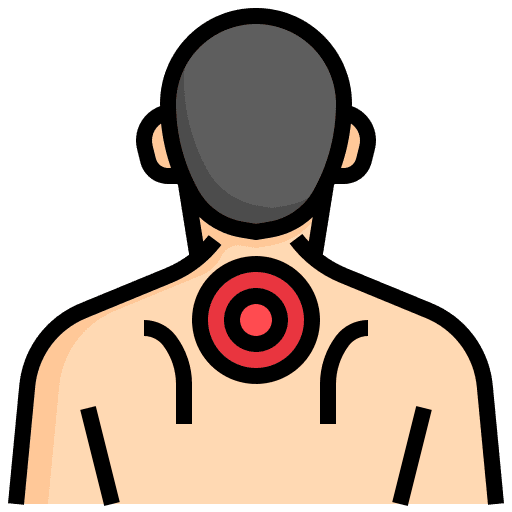
In addition to seeking medical attention and exploring treatment options, there are several tips and tricks individuals can try at home to help alleviate neck pain and maintain good neck posture. Here are some suggestions:
Maintain Good Posture:
Proper posture when sitting and standing can help reduce strain on neck muscles and joints. Keep the shoulders relaxed, the chin slightly tucked in, and the ears aligned with the shoulders.
Take Breaks:
If you sit at a desk or use a computer for long periods, take regular breaks to stretch and move around. This can help reduce muscle tension and improve circulation.
Use a Supportive Pillow:
Choosing a pillow that supports the neck and allows for proper spinal canal alignment can help reduce neck pain and stiffness.
Practice Relaxation Techniques:
Stress can contribute to muscle tension and neck pain, so practicing relaxation techniques, such as deep breathing exercises, meditation, or yoga, can help alleviate pain and promote overall wellness.
Stay Active:
Regular exercises, such as walking, swimming, or cycling, and pain relief medications can help improve muscle strength and flexibility, which can reduce the risk of neck pain and improve overall health.
It’s important to get advice from your doctor or a healthcare provider in Bangladesh before starting any new neck exercises or relaxation routine, particularly if experiencing neck pain. They can help determine the best course of action and provide guidance on how to safely and effectively manage neck pain at home.

